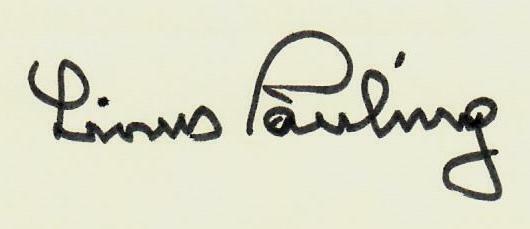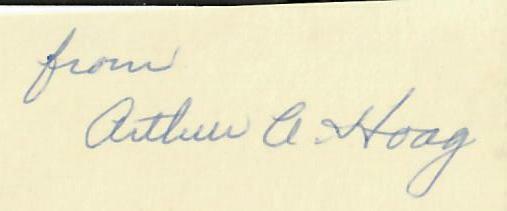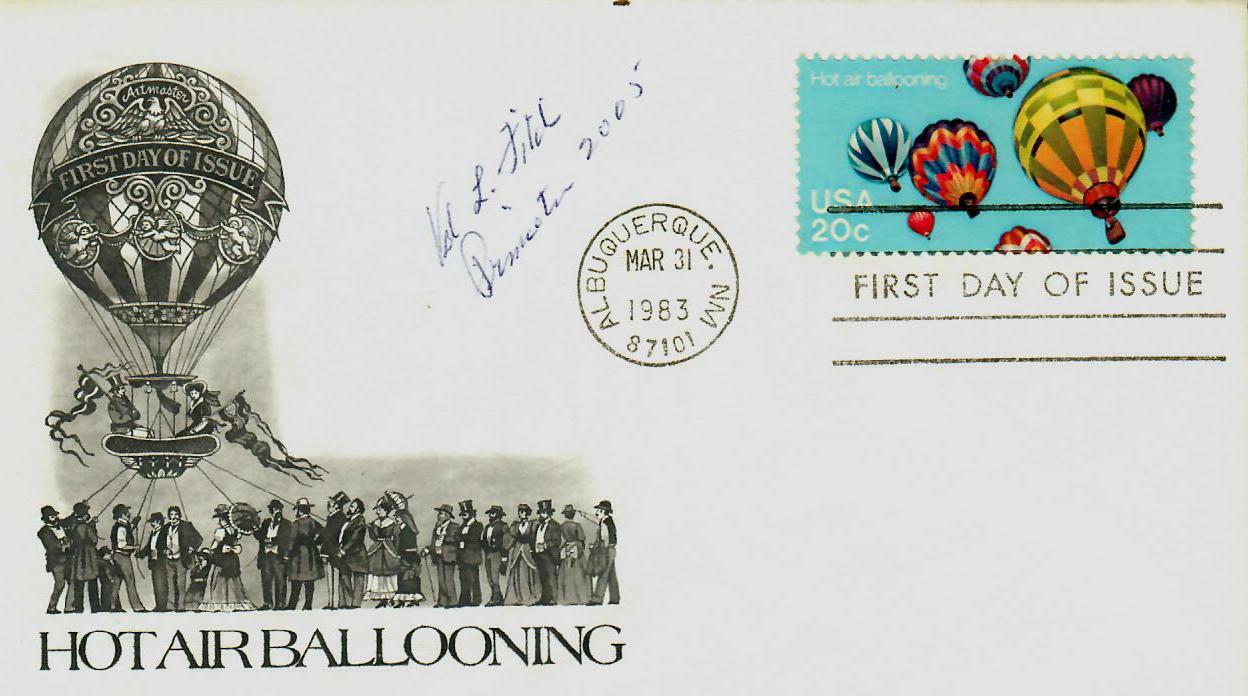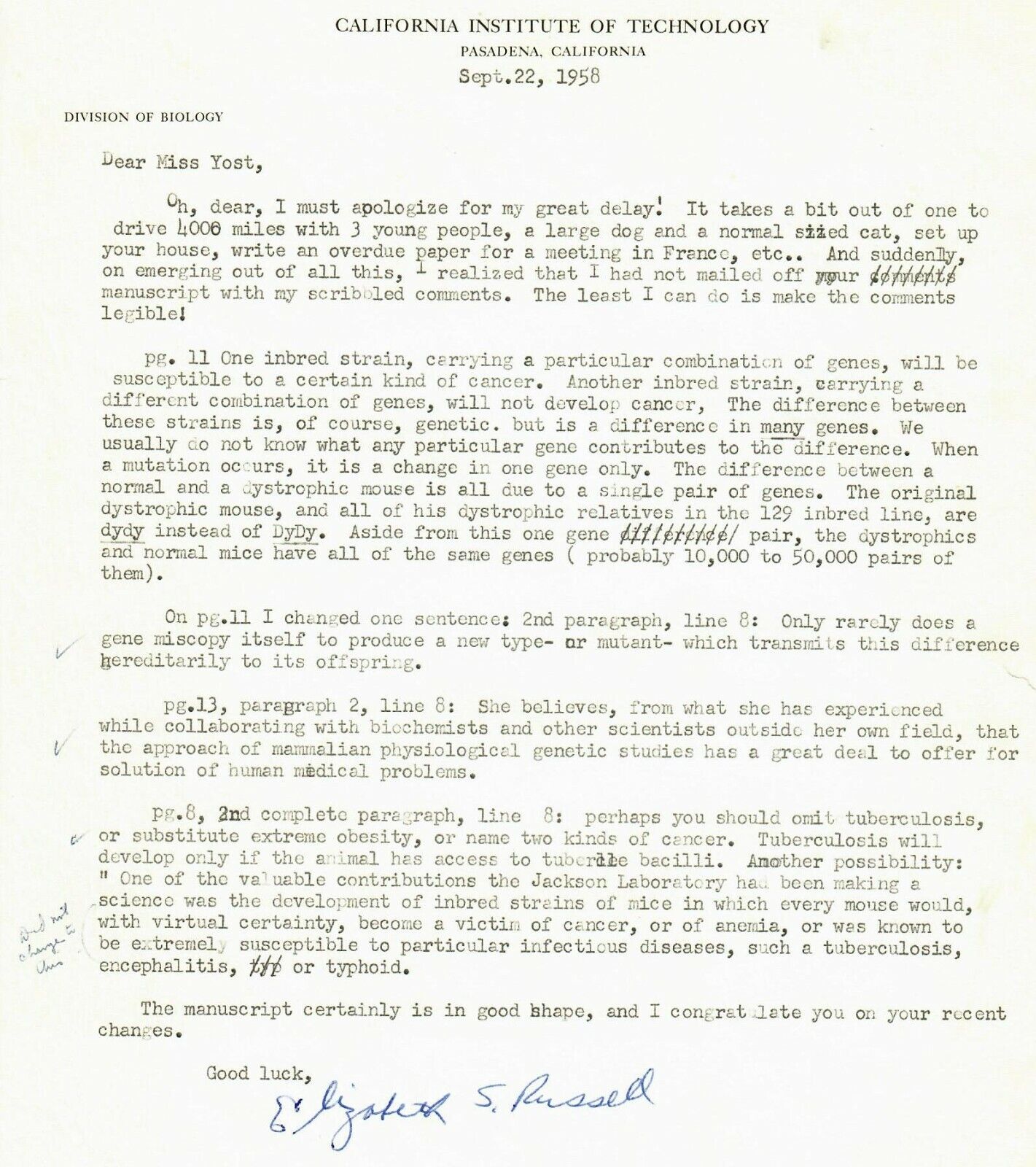-40%
"Nobel Prize in Physics" Philip Anderson Hand Signed FDC Todd Mueller COA
$ 105.59
- Description
- Size Guide
Description
Up for auction the"Nobel Prize in Physics" Philip Anderson Hand Signed First Day Cover Dated 1958.This item is certified authentic by Todd Mueller Autographs and comes with their Certificate of Authenticity.
ES-8811
Philip Warren Anderson
(December 13, 1923 – March 29, 2020) was an American
theoretical physicist
and
Nobel laureate
. Anderson made contributions to the theories of
localization
,
antiferromagnetism
,
symmetry breaking
(including a paper in 1962 discussing symmetry breaking in
particle physics
, leading to the development of the
Standard Model
around 10 years later), and
high-temperature superconductivity
, and to the
philosophy of science
through his writings on
emergent phenomena
.
Anderson was born in
Indianapolis, Indiana
, and grew up in
Urbana, Illinois
. He graduated from
University Laboratory High School
in Urbana in 1940. Afterwards, he went to
Harvard University
for undergraduate and graduate work, with a wartime stint at the
U.S. Naval Research Laboratory
in between. As an undergraduate, his close associates included particle-nuclear physicist
H. Pierre Noyes
, philosopher and historian of science
Thomas Kuhn
and molecular physicist Henry Silsbee. In graduate school, he studied under
John Hasbrouck van Vleck
, with whom he would later receive the Nobel Prize in physics.
From 1949 to 1984, Anderson was employed by
Bell Laboratories
in
New Jersey
, where he worked on a wide variety of problems in
condensed matter physics
. During this period he developed what is now called
Anderson localization
(the idea that extended states can be localized by the presence of disorder in a system) and
Anderson's theorem
(concerning impurity scattering in superconductors); invented the
Anderson Hamiltonian
, which describes the site-wise interaction of electrons in a
transition metal
; proposed
symmetry breaking
within
particle physics
(this played a role in the development of the
Standard Model
and the development of the theory behind the
Higgs mechanism
, which in turn generates
mass
in some
elementary particles
); created the pseudospin approach to the
BCS theory
of
superconductivity
; made seminal studies of
non-s-wave pairing
(both symmetry-breaking and microscopic mechanism) in the superfluidity of He3, and helped found the area of
spin-glasses
. He was elected a Fellow of the
American Academy of Arts and Sciences
in 1963.
From 1967 to 1975, Anderson was a professor of theoretical physics at
Cambridge University
. In 1977 Anderson was awarded the
Nobel Prize in Physics
for his investigations into the electronic structure of magnetic and disordered systems, which allowed for the development of electronic switching and memory devices in computers. Co-researchers
Sir Nevill Francis Mott
and
John van Vleck
shared the award with him. In 1982, he was awarded the
National Medal of Science
. He retired from Bell Labs in 1984 and was
Joseph Henry
Professor Emeritus of Physics at
Princeton University
.
Anderson's writings included
Concepts in Solids
,
Basic Notions of Condensed Matter Physics
and
The Theory of Superconductivity in the High-Tc Cuprates
. Anderson served on the board of advisors of
Scientists and Engineers for America
, an organization focused on promoting sound science in American government.
In response to the discovery of high-temperature superconductors in 1980s, Anderson proposed
Resonating valence bond (RVB) theory
to explain the phenomenon. While many found the idea unconvincing, RVB theory proved instrumental in the study of
spin liquids
.
Anderson also made conceptual contributions to the philosophy of science through his explication of
emergent phenomena
, which became an inspiration for the science of complex systems. In 1972 he wrote an article called "More is Different" in which he emphasized the limitations of reductionism and the existence of hierarchical levels of science, each of which requires its own fundamental principles for advancement.
In 1984 he participated in the founding workshops of the
Santa Fe Institute
, a multidisciplinary research institute dedicated to the science of complex systems. Anderson also co-chaired the institute's 1987 conference on economics with
Kenneth Arrow
and
W. Brian Arthur
, and participated in its 2007 workshop on models of emergent behavior in complex systems.
A 2006 statistical analysis of scientific research papers by José Soler, comparing the number of references in a paper to the number of citations, declared Anderson to be the "most creative" amongst ten most cited physicists in the world.










